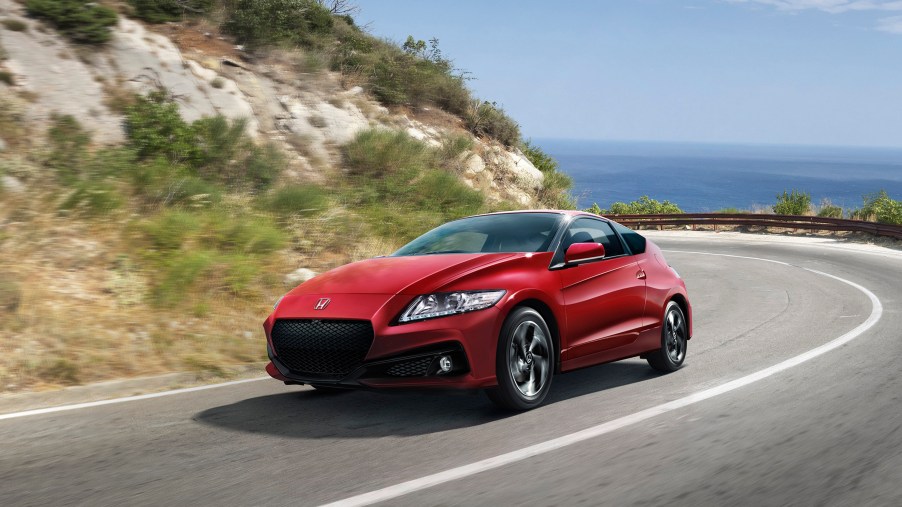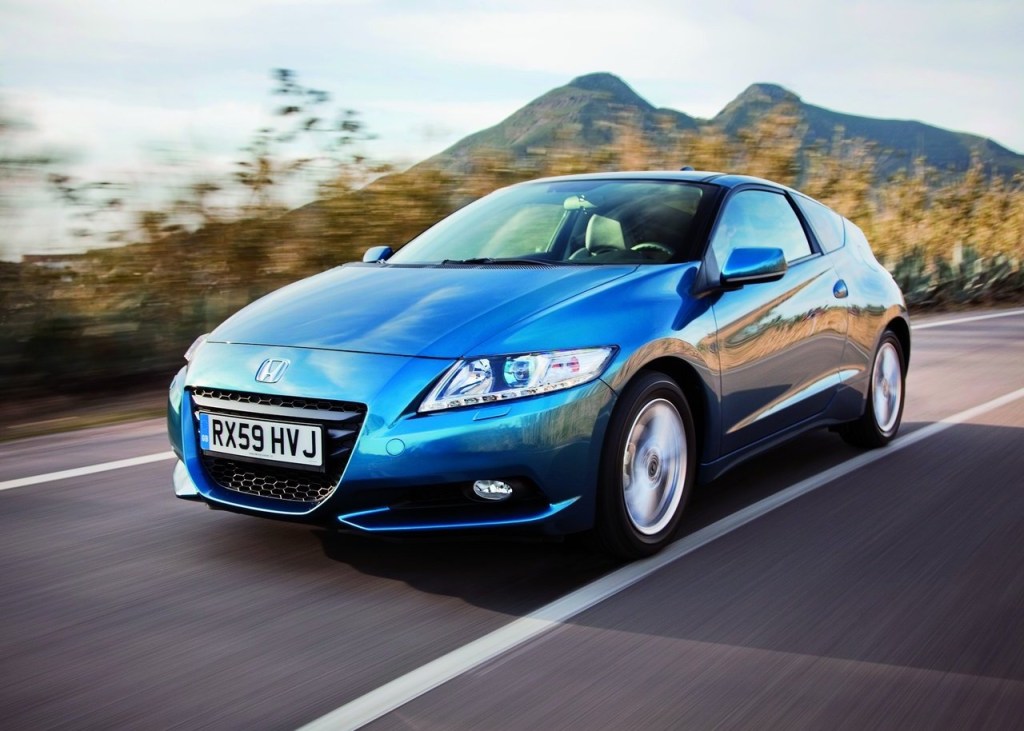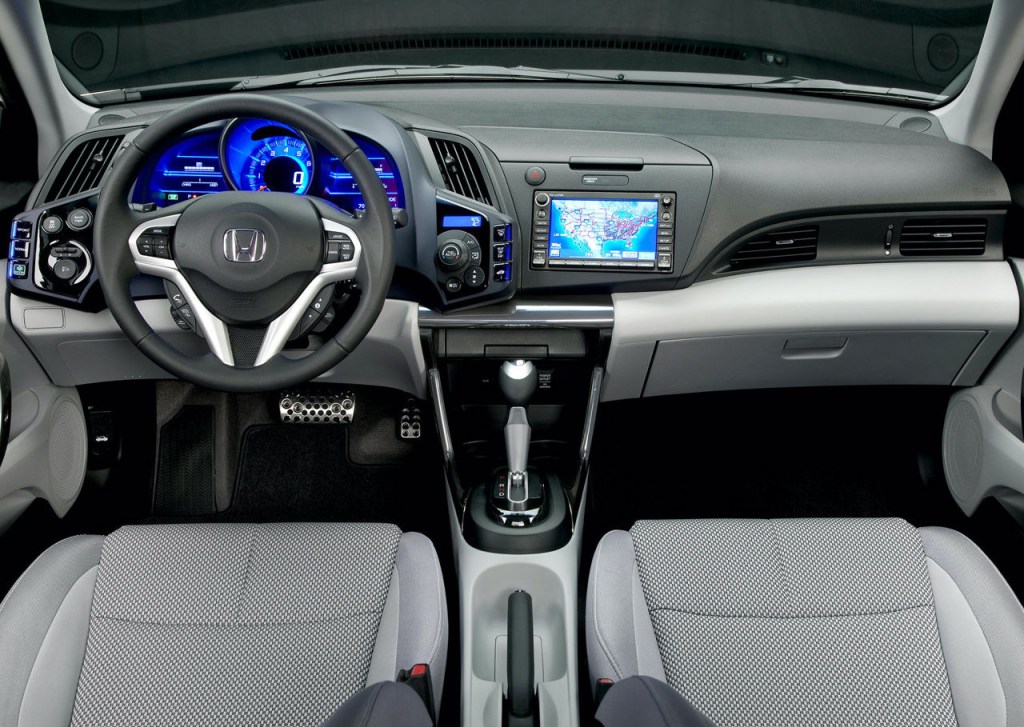
Is the Honda CR-Z Worth Buying?
When the Honda CR-Z debuted in 2010, it was touted as a spiritual successor to the renowned Honda CRX of the early ’90s. Its hybrid powertrain has an option for a six-speed manual transmission and its purpose was to bring about sporty hybrid fun. However, it was discontinued in 2016 due to dismal sales during its production cycle and now lives on in the used-car market. But is it worth buying one now?
A niche that never existed

When Honda created the CR-Z, they intended it to be a “stylish, driver-focused vehicle with an emphasis on efficient green performance.” The interesting part was that there was no real interest in “green performance,” at least not at the time.
Of course, hybrid technology has gotten better over the years and many supercars, like the Acura NSX, have benefitted from hybrid power. However, the CR-Z wasn’t exactly ahead of its time.
The futuristic-looking two-seater had a 1.5-liter, 4-cylinder engine under the hood that was assisted by a 10-kilowatt Integrated Motor Assist system, which produced a combined 122 horsepower and 128 lb-ft of torque. Not the most powerful combination, but considering the car weighed just 2,600 pounds it was more than enough to get it down the road.
Fuel economy numbers came in at 31 city/37 highway for the manual and 35/39 for the automatic. Not exactly Prius territory, but again, Honda was trying to make the Swiss Army knife of pocket-sized fun. It was fun, but not really what anyone was looking for.
Reviews

When the Honda CR-Z first came out, some car reviewers liked the way the CR-Z drove. CNET stated that “the well-tuned steering and suspension keep the car afloat in this category, as it can be very fun to drive.” But also went on to ding the car for its lack of backseat and aged navigation system.
Others did not like the way it drove. Edmunds gave the Honda CR-Z some harsh remarks when it came to handling and steering: “Tidy dimensions and quick steering make the 2016 Honda CR-Z fairly nimble on city streets. But push harder around tight turns and the little Honda offers less balance and grip than you’d expect given its sporty style and two-seat cockpit.”
So the reviews from automotive critics were pretty mixed for the Honda CR-Z, however, consumers seemed to love it. Consumer ratings on Cars.com came in a high 4.4 out of 5 stars for the 2011 CR-Z as most owners enjoy the car’s driving dynamics for commuting.
It can be better
Fortunately, Honda did put out a line of performance products meant specifically for the CR-Z including parts like a supercharger, limited-slip differential, sport suspension, and a sport exhaust. In case you’re wondering, the supercharger bumped up the horsepower to 197, which gave the car the much-needed sportiness it was lacking.
Is it worth it?
Currently, Honda CR-Zs are listed anywhere from $3,000 to $16,000 depending on the year, condition, trim, and mileage. For reference, the car sold for about $21,000 to $26,000 when it was new.
Now, a two-seat, mild hybrid with sporty characteristics and the option for more power might sound like it’s worth the current value, especially since it’s a reliable Honda. But if we were to look at the drawbacks in gas mileage, power, and practicality, then we would have to pass on the Honda CR-Z.



